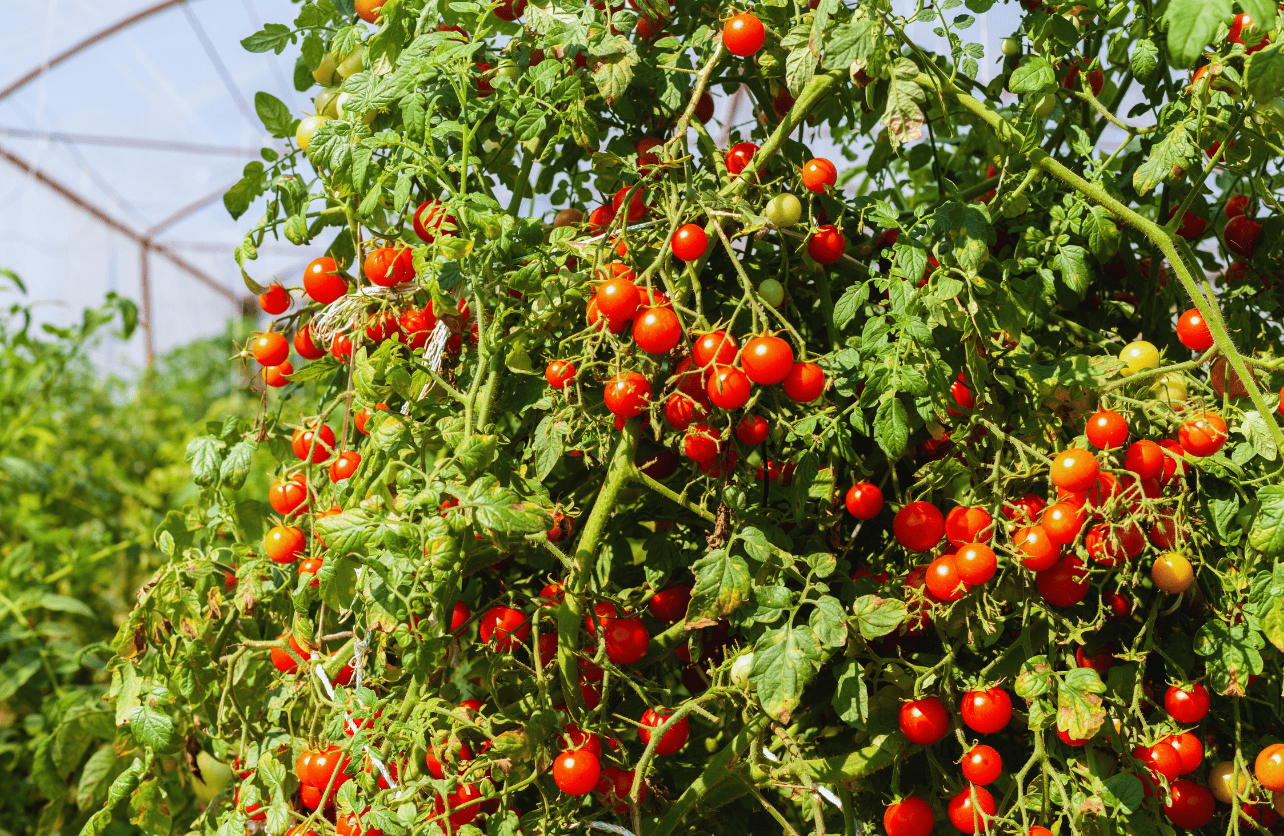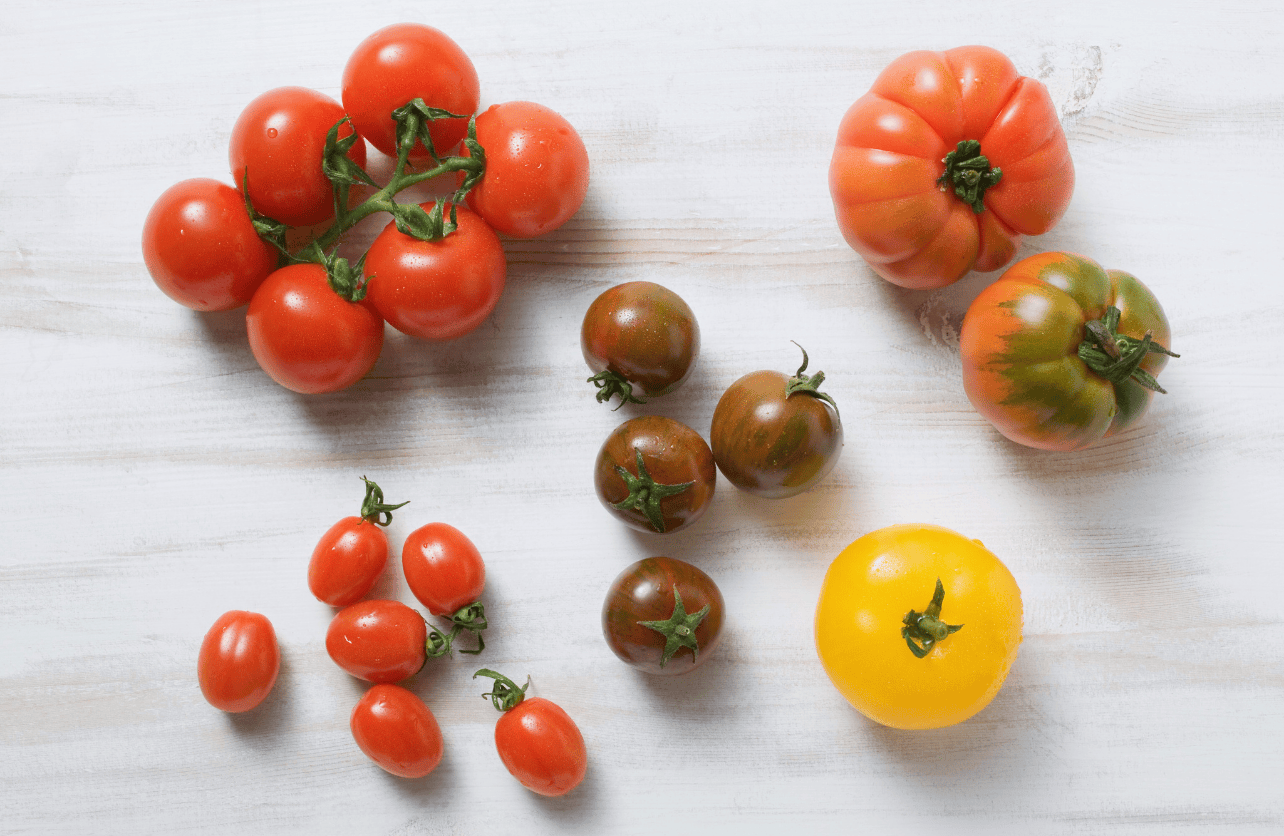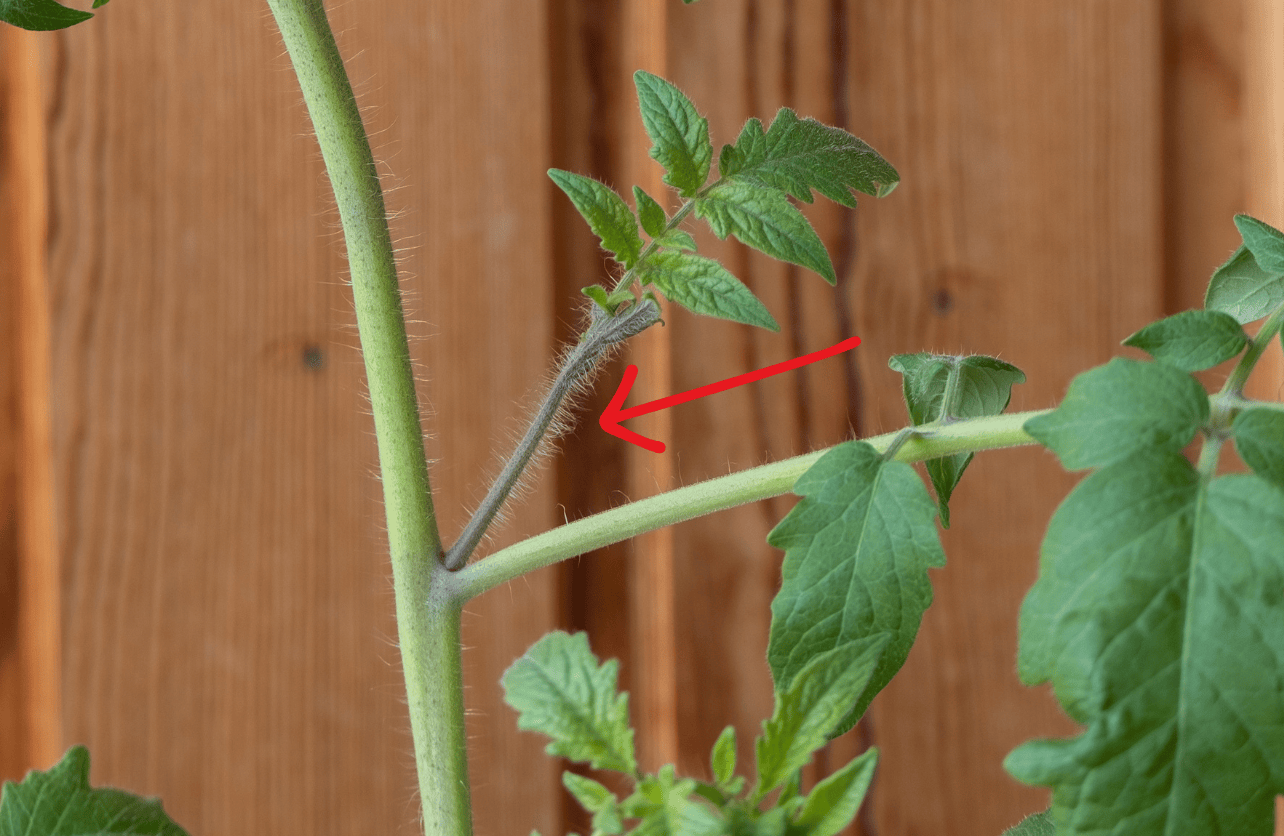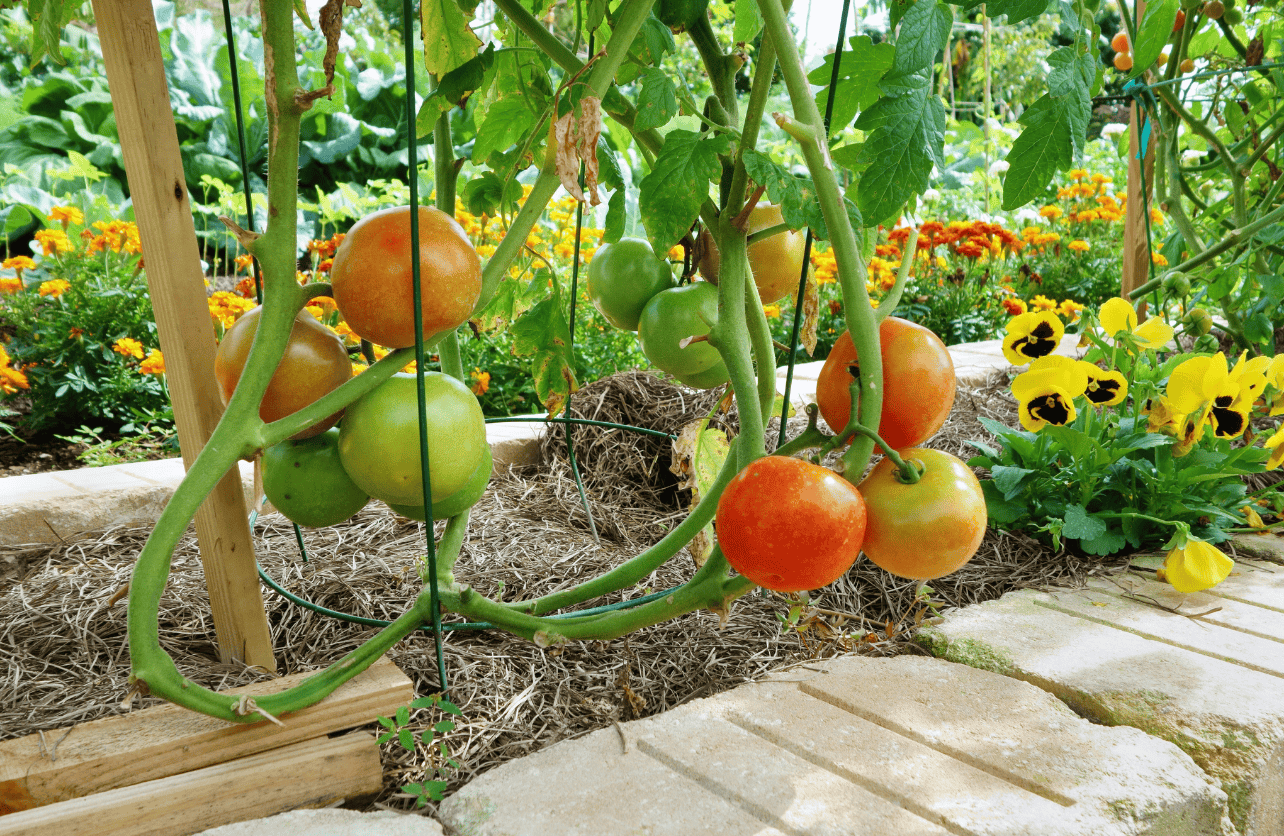How to Prune Tomato Plants

Pruning tomato plants is an essential practice for gardeners who want to improve the health, yield, and quality of their tomato crops. While not all types of tomatoes require extensive pruning, indeterminate varieties, in particular, benefit from it, as they tend to grow vigorously and can become crowded and unmanageable if left unchecked. Proper pruning encourages better air circulation, reduces the risk of disease, and directs the plant’s energy into producing larger, healthier tomatoes.
Understanding the Types of Tomato Plants

Before you start pruning, it’s important to know which type of tomato plant you’re growing, as this will influence your pruning strategy.
Indeterminate tomatoes grow continuously throughout the growing season and can reach large heights. Indeterminate tomatoes benefit most from pruning as it helps control their size and encourages better fruit production.
Determinate tomatoes grow to a predetermined size and produce all their fruit within a short period. Determinate tomatoes don’t require extensive pruning, as removing too many branches can reduce the number of fruits.
Most cherry tomatoes and heirloom varieties are indeterminate, while many bush or patio tomatoes are determinate.
Why Pruning Is Important
Pruning tomato plants offers several key benefits:
- Better Air Circulation: Removing excess leaves and branches improves airflow around the plant, which reduces the risk of fungal diseases like blight.
- Healthier Fruit: Pruning allows the plant to focus its energy on producing larger, higher-quality fruit rather than supporting excessive foliage.
- Controlled Growth: Regular pruning helps manage the plant’s size and keeps it from becoming unruly, making it easier to care for and harvest.
When to Prune Tomato Plants
Start pruning your tomato plants when they are about 12-18 inches tall and have started developing suckers (small shoots that grow between the main stem and branches). It’s important to prune early in the season and continue throughout the plant’s growth.
Begin early in the season when the first few suckers appear to encourage strong, healthy growth. As the plant grows taller, continue removing excess growth and unproductive leaves to maintain plant health.
How to Prune Tomato Plants
Pruning is a simple process that requires minimal tools but can make a big difference in your plant’s health and fruit production. You’ll need a pair of clean, sharp pruning shears or scissors, gloves, and alcohol wipes to sanitize the shears between plants.
Start by identifying the suckers. Suckers are small shoots that grow in the “V” or axil between the main stem and a branch. While these can grow into new branches, they often crowd the plant and take energy away from fruit production. Check where the branches meet the main stem—suckers typically sprout from this intersection.

Once you’ve identified the suckers, begin by removing the lower leaves and suckers, especially those touching the soil. Leaves near the ground are more likely to attract diseases like blight, so removing them reduces the risk. Gently pinch or cut off these suckers and leaves, being careful not to damage the main stem.
As the plant continues to grow, pinch off additional suckers to encourage stronger fruit production. While it’s okay to leave a few suckers if you want the plant to produce more tomatoes, removing them will result in larger, higher-quality fruits. Use your thumb and forefinger to pinch small suckers off, or use pruning shears for larger shoots.
Throughout the growing season, prune for light and air circulation. Cut away leaves or branches that block sunlight from reaching the fruit clusters or prevent proper airflow. This is particularly important for reducing the chances of fungal infections.
If your indeterminate tomato plant is getting too tall, you can trim the top of the plant to control its height. Simply cut the top of the plant just above a set of healthy leaves. This will stop vertical growth and encourage the plant to focus on ripening existing fruit rather than growing new branches.
Common Pruning Mistakes to Avoid
While pruning is beneficial, over-pruning can harm your plants. Removing too many leaves can reduce the plant’s ability to photosynthesize, which is essential for fruit production. Be particularly cautious with determinate varieties, as excessive pruning can result in fewer tomatoes.
Another mistake is not cleaning your tools. Always use clean shears to prevent the spreading of diseases between plants. Wiping your shears with alcohol between each plant can help prevent contamination.
Lastly, make sure you start pruning early. Waiting too long can lead to overgrowth, making it difficult to manage the plant and keep it healthy.
Caring for Your Pruned Tomato Plants

After pruning, you’ll need to take a few extra steps to keep your plants healthy. First, use stakes, cages, or trellises to support the plants, especially after removing branches. Supporting the plant helps it stay upright and improves air circulation around the leaves and fruit.
Next, water your tomato plants regularly, but avoid wetting the leaves. Consistent watering at the base of the plant helps prevent fungal diseases that can occur when the leaves stay damp for long periods.
Finally, make sure to apply fertilizer periodically to provide the nutrients your tomato plants need to produce healthy fruit. After pruning, the plant will direct more energy to fruit production, so providing additional nutrients can improve your yield.
Maintaining Healthy Tomato Plants All Season Long
Pruning tomato plants is a simple but crucial step in ensuring a healthy and productive garden. By removing suckers, trimming excess foliage, and maintaining a good structure, you’ll encourage larger and tastier tomatoes while reducing the risk of disease. With regular pruning and proper care, your tomato plants will thrive throughout the growing season, providing a bountiful harvest for your kitchen.